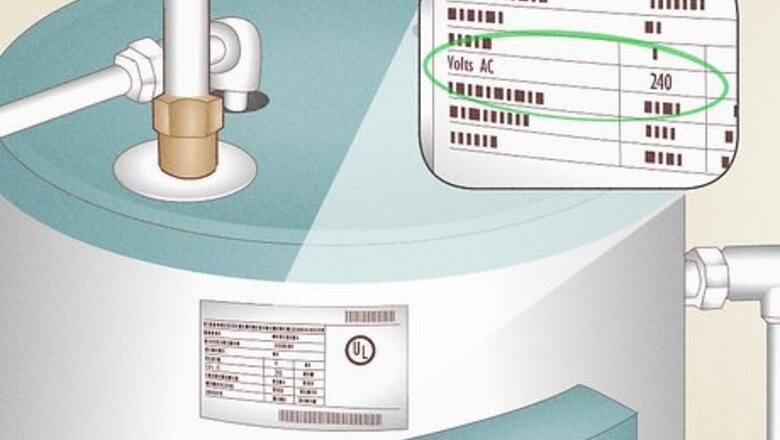
views
How can I figure out the voltage of my water heater?

Check the label attached to the outside of your water heater. All water heater tanks have a sticker on the side that includes all the important info about the appliance, including the serial number, model number, and voltage. Check the number next to the “Volts” category—it’ll say either 120 or 240. Some water heaters may also by 208 Volts, but 240 is the most common voltage for a home water heater.
What’s the difference between a 120- and 240-volt heater?
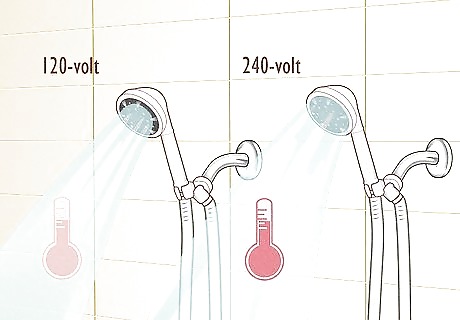
A 240-volt heater can be more efficient than a 120-volt heater. In the world of electricity, voltage relates to the total potential of an electricity source to accomplish a specific task—in this case, heating your water! So, it’s not surprising that 240-volt water heaters are really common in most homes since they don’t create as much of an amp draw. Heaters are powered with either a 1-pole or 2-pole circuit breaker. A 120-volt heater always uses a 1-pole circuit breaker, while a 240-volt heater always uses a 2-pole circuit breaker. Note that hits only apply to residential settings. In a commercial setting, you can actually have a 208-volt or 277-volt circuit, for instance. Larger water heaters tend to be 240-volt. In fact, most homes nowadays are built with 240-volt heaters. Don’t assume that this is the case for your home, though—it’s always better to check and be safe.
Can a 240-volt water heater run on 120 volts?
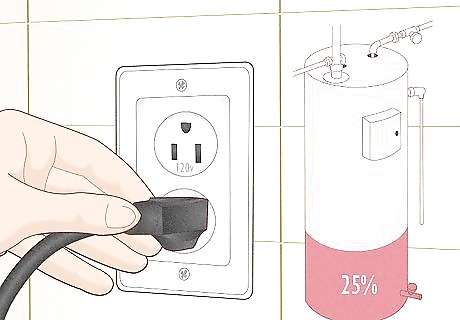
Yes, but experts don’t recommend wiring your water heater this way. A 120-volt circuit breaker can’t operate with the full power of a 240-volt circuit breaker. At best, you’ll get about 25% of the water heater’s total power, which isn’t very efficient (or warm!) at all. Instead, it’s always best to operate your water heater at the correct voltage level. On the flip side, it’s never a good idea to install a 120-volt water heater to a 240-volt circuit. The circuit will be too powerful for the heater and completely break it. Operating a 120-volt water heater on a 240-volt circuit may also start a fire in your home.
How to Test Your Water Heater Voltage
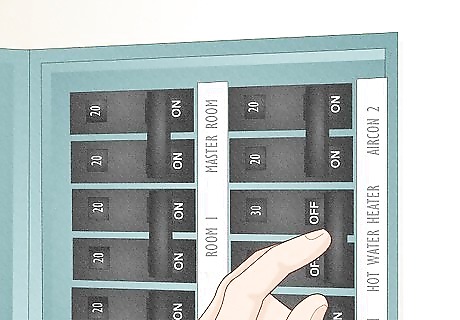
Switch off the power to your water heater. Head to your circuit breaker and switch off the power that’s connected to your water heater. The circuit switch is usually labeled as either “hot water heater” or “HWT.”
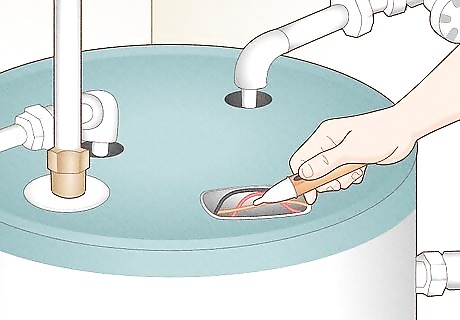
Double-check that the power is off with a non-contact voltage tester. Look for a clump of wires along the very top of your water heater tank. Then, switch on the voltage tester and press it against the wire for a few seconds. If it beeps, your water heater is still powered up; if it’s silent, the water heater is totally powered down and safe to test. Tap your voltage tester against a plugged-in cord first to make sure that it’s working correctly. If the device beeps, go back to your circuit breaker and make sure that the right switch is turned off.
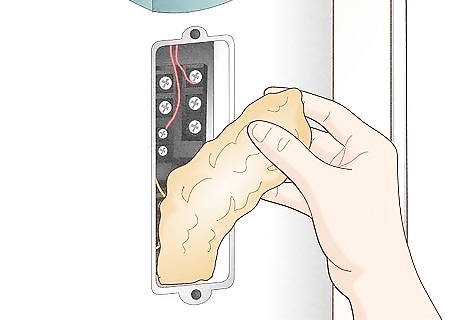
Remove the access panel and remove the insulation. Electric water heaters house all their wires in an insulated access panel, which is covered with a rectangular metal plate. Remove the access panel with a screwdriver, and then pull out the insulation that’s covering the wires and terminal screws. Some water heaters may not let you pull out the insulation completely. In this case, tape it to the side of the heater tank so you can clearly see all the wires and terminals. Certain water heaters may also have plastic casing on top of the wires and terminals. Be sure to pull this cover off before you start testing.

Turn the power back on to your water heater. To test the voltage of your water heater, you’ll need a constant flow of power running through your device. Head back to your circuit breaker and switch the water heater’s power back on.

Plug the red and black probes into your multimeter. Look for 2 circular ports along the bottom of your multimeter—a red opening marked “V” (for voltage) and a black port marked “COM” (for common). Then, plug the red probe cord into the red “V” port and the black probe cord into the black “COM” port.
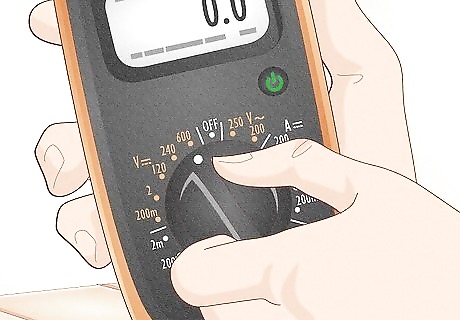
Adjust your multimeter to a voltage setting that’s higher than 240 volts. Look for the voltage section of measurements on your multimeter—they’ll be marked with a “V” followed by a squiggly line. Then, turn or adjust your multimeter to a high voltage setting, like 600. Double-check the bottom of your multimeter to see how many volts it can handle. You don’t want to accidentally damage your multimeter by overloading it! If your multimeter is set to less than 240 volts, it won’t be able to properly register the voltage of your water heater.
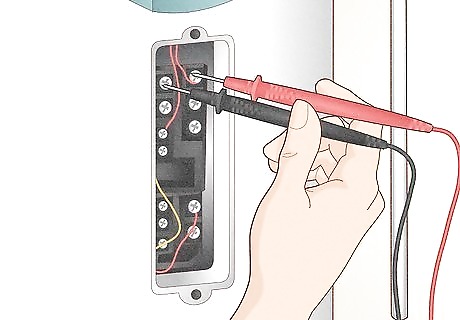
Test your water heater’s voltage with the multimeter. Use the multimeter by pressing the red probe to the topmost screw on one side and the black probe to the topmost screw on the other side. It doesn’t matter which probe is on which screw, as long as they’re each touching a different terminal. Make sure that you aren’t touching or handling the metal ends of the probes, or else you might get shocked. For extra protection, slide on a pair of rubber insulating gloves that are cleared for at least 240 volts of shock. This way, you’ll be protected even if you touch a live terminal or wire.

Read the multimeter screen to determine your heater’s voltage. In a moment, you’ll see either “120” or “240” popping up on your screen, confirming the exact voltage of your water heater. If no voltage number shows up on your device, you may need to get it repaired.




















Comments
0 comment